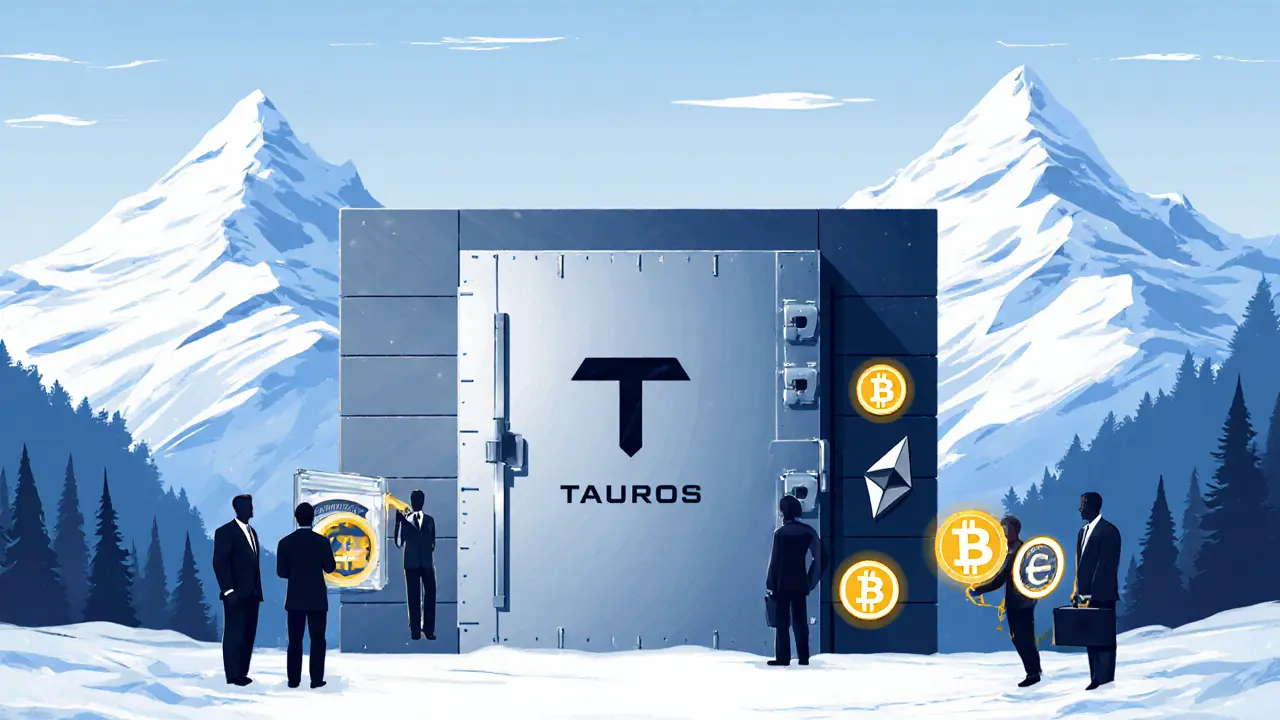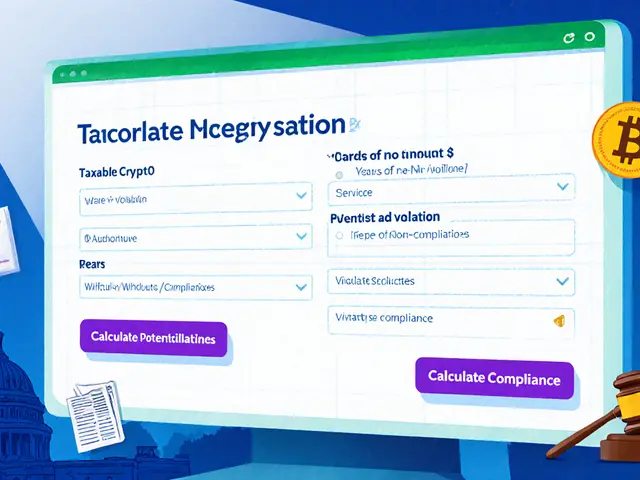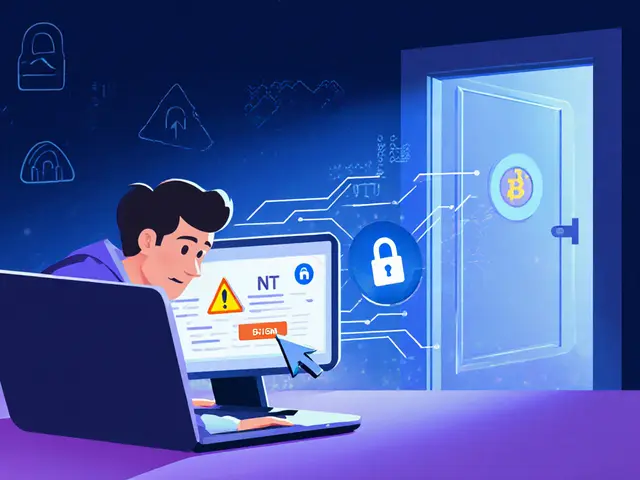Digital Asset Security
When working with digital asset security, the practice of safeguarding cryptocurrencies, tokens, and blockchain‑based data from theft, fraud, and unauthorized access, investors, developers, and traders need a clear playbook. It’s tightly linked to crypto exchange security, the set of controls that protect exchange platforms and user funds from hacks and insider abuse. Another hot spot is airdrop safety, the methods for verifying legitimate token giveaways and avoiding phishing scams. Finally, the underlying math of Merkle trees, hash‑based structures that enable efficient and tamper‑proof verification of large data sets forms the backbone of many security protocols. In short, digital asset security encompasses secure storage, exchange safeguards, and cryptographic proofs, while requiring constant vigilance and up‑to‑date tools.
Key Pillars of Digital Asset Security
First, digital asset security starts with the wallet. Hardware wallets isolate private keys from the internet, making them the gold standard for long‑term storage. Software wallets are convenient for daily trades, but they demand strong passwords, two‑factor authentication, and regular firmware updates. Next, exchange protection moves beyond a simple login screen. Reputable platforms run regular penetration tests, employ multi‑signature hot wallets, and keep the majority of assets in cold storage. Look for public audit reports, insurance coverage, and compliance with standards such as ISO 27001. When a new token is announced as an airdrop, verify the source: check the official project website, confirm the smart contract address on a block explorer, and watch for community warnings on reputable forums. Scammers often clone a real project’s branding and lure users with fake claim links—always double‑check URLs. Merkle trees add a cryptographic layer that lets you prove a transaction or balance belongs to a larger dataset without exposing the whole set, which is essential for efficient audits and light‑client verification. Projects that publish Merkle roots on‑chain give users a way to verify their holdings independently, reducing reliance on a single point of failure. Together, these elements—robust wallets, hardened exchanges, diligent airdrop checks, and transparent Merkle proofs—create a defense‑in‑depth strategy that scales as the market grows.
With those fundamentals in mind, the articles below dive deeper into the real‑world challenges you’ll face. You’ll find step‑by‑step guides on claiming safe airdrops, reviews that compare exchange security features, and technical break‑downs of how Merkle trees protect your data. Whether you’re a casual holder or a professional trader, the collection gives you actionable insights to harden your digital portfolio and stay ahead of emerging threats.
Tauros isn’t a retail exchange - it’s a Swiss institutional custody and tokenization platform. Learn its security model, regulatory partners, and how it stacks up against Binance or Coinbase.



 Finance
Finance




